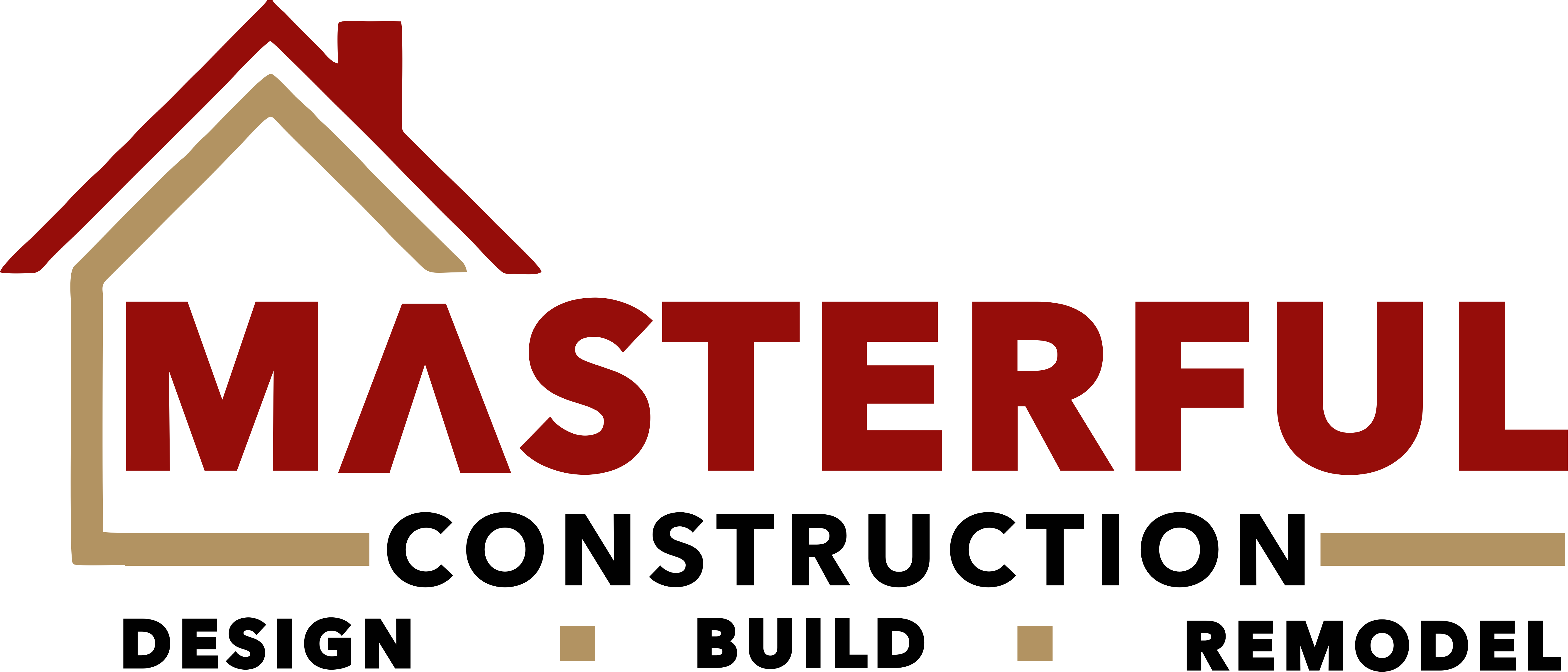Home » Hardscaping and Landscape Design
Hardscaping and Landscape Design
Masterful Construction provide high-quality. Hardscaping and Landscape Design Service.
We believe in providing the full service home remodeling company at all aspects of construction and remodeling in San Mateo and surroundings
- Fast, Reliable
- Eco-friendly
- Fully Licensed Bonded And Insured

Hardscaping refers to the non-living elements in your landscape design. This can include components such as:
- Stone pathways
- Brick patios
- Wooden decks
- Pergolas
- Fountains
- Retaining walls
Hardscaping enhances your outdoor living space’s functionality while adding to its aesthetic appeal. It’s not just about looking great; it’s also about increasing the value and usability of your property.
Benefits of Hardscaping
Low Maintenance: Once installed, hardscaping requires minimal upkeep. This is perfect for those who want to enjoy their outdoor spaces without too much effort.
Water-Efficient: In regions prone to drought, hardscaping can help conserve water. Unlike green landscaping, it doesn’t need irrigation.
Erosion Control: Hardscaping can help prevent soil erosion in areas with sloping terrain. Increased Property Value: Well-designed hardscaping can increase your home’s value by improving its curb appeal.
Incorporating Hardscaping Into Landscape Design
Hardscaping should blend seamlessly with the softscaping elements (plants, shrubs, flowers) in your garden to create a harmonious and balanced outdoor space. Here are some tips:
Create a Focal Point: Hardscape features like water fountains, fire pits, or an outdoor seating area can serve as attractive focal points.
Choose Materials Wisely: Select materials that complement the exterior of your home and the natural surroundings.
Consider the Flow of Traffic: Design paths and walkways that lead visitors through your garden intuitively and comfortably.
Planning Your Hardscaping Project
Before you start your hardscaping project, consider these steps:
Assess Your Space: Understand the size, terrain, and existing features of your garden.
Set a Budget: Hardscaping can be costly. Be clear about your budget and plan accordingly.
Think about Functionality: Consider what you want from your outdoor space. This could be entertaining guests, a play area for kids, or a quiet place to relax.
Consult Professionals: Unless you’re experienced in landscape design, it’s helpful to get professional input.
Softscaping and Its Role in Landscape Design
Softscaping is the living part of your landscape, which includes plants, trees, shrubs, and flowers. It provides a soft touch to the hard elements and adds color, texture, and life to your outdoor space.
How to Balance Hardscaping and Softscaping
Balancing hardscaping and softscaping is crucial to creating an appealing and functional landscape design. Here are some tips:
Complement, Don’t Compete: The hardscape and softscape elements should enhance each other. Avoid designs where one overshadows the other.
Maintain Proportion: Large hardscape elements can overwhelm small plants. Maintain a sense of proportion and balance.
Color Coordination: The color of your hardscape materials should complement the colors in your plants and flowers.
Conclusion
The best landscapes marry hardscaping and softscaping seamlessly. By understanding these concepts and using thoughtful design, you can create an outdoor living space that’s not only beautiful but also functional and inviting.
Remember, landscaping is a significant investment. Whether you’re a DIY enthusiast or prefer to hire professionals, careful planning and consideration are key to ensuring your landscape serves your needs and stands the test of time.
